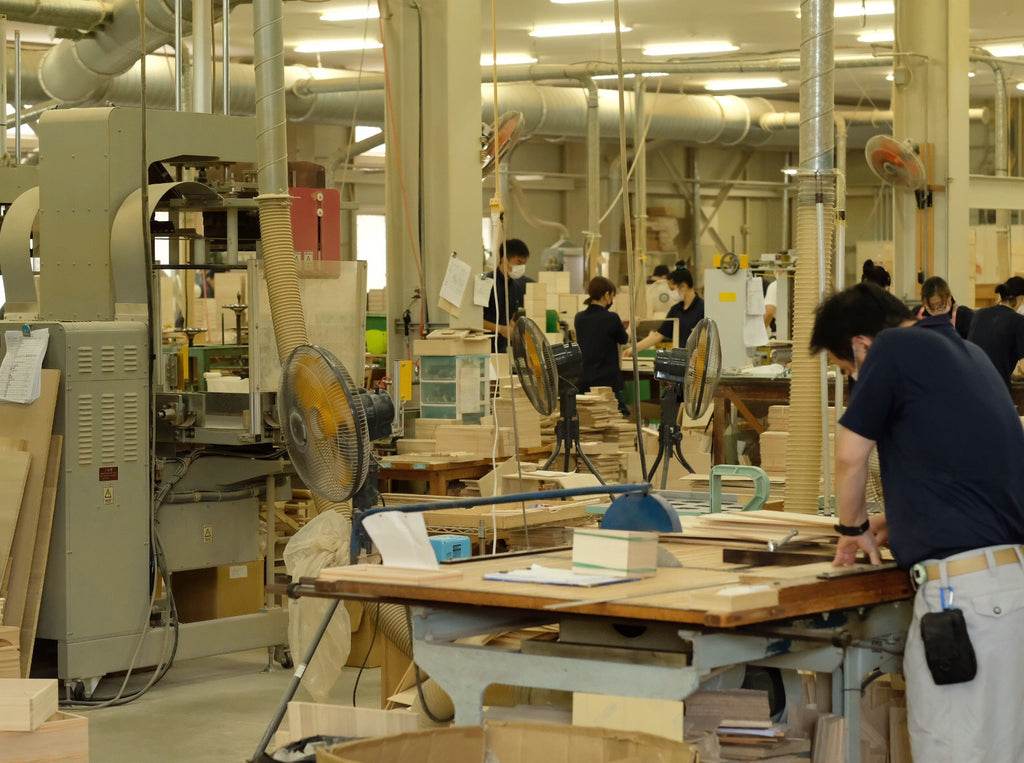Factory Visit: Masuda Kiribako
Japan has a long relationship with Paulownia wood, Kiri. Kiri is used for many household items such as furniture, musical instruments and protective packaging for fragile items. Kiri is a fast growing timber that requires little to no intervention by humans which makes it one of the most sustainable timbers.

We visited the factory of Matsuda Kiribako to discuss packaging for Aa Grade as well as a tour of how Kiribako rice boxes are made. The factory is located about a 30 minutes’ drive from Tenjin Station in Fukuoka.

Matsuda Kiribako was started in 1929. The company is currently managed by Hirofumi Fujii who is the third generation craftsman.

Maintenance of the Kiribako is simple. Always keep it dry and store it in a cool place. If it does get wet, immediately dry it with a cloth and place it directly in the sun until it is dry.

It is important to purchase the right size for your household to ensure that the rice isn’t kept stall for too long. We recommend a thorough cleaning with every batch as rice dust may attract mites. Wipe the entire box with a damp cloth and sunning the box before refilling.

If you consume multiple types of grains and don’t have the space to stack several individual boxes, we recommend storing your grains separately in ziplock bags before placing them together into a 3kg or 5kg box.

Kiribako rice boxes are a staple in our range and are available in store.
Blog posts
-
House Visit.
We’ve always been drawn to homes that wear their days honestly—the ones filled with books in odd stacks, mugs left on side tables, and the light f... -
Introducing Wee Hours.
We’ve always thought of our showroom as more than just a space. It’s a kind of home, especially when we find ourselves back in Singapore. Over the ... -
The Way of Incense
Among Japan’s ancient arts of living—chado (tea), kado (flower arrangement), and kodo (incense)—it is perhaps The Way of Incense that remains most ...
